Plain Chow Mein Noodles (Beansprout Chowmein)

Toss the takeaway menu aside and make next-level plain chow mein noodles in less than 20 minutes with perfectly chewy noodles, fresh bean sprouts, and optional shredded cabbage for extra umami flavour.
Ever wondered what sets an average chow mein apart from an exceptional one? Well, the secret is in the sauce, and I've tested this one countless times to get the perfect balance of umami, sweet and tangy flavours.
Want more chow mein recipes? Check out my Chicken Chow Mein, Duck Chow Mein and Special Chow Mein.
The post contains additional information and helpful tips to ensure the recipe turns out great the first time. Please use the link above to jump to the recipe card at the end if you are in a hurry!
- Seriously tasty. Chewy coated in the noodles slightly sweet and tangy umami sauce.
- So many serving options. Serve as main or side alongside other tasty Chinese dishes.
- Better than takeaway. Cheaper, tastier, healthier and quicker too.
- Tasty leftovers. Make extra to enjoy the next day.
Chow mein sauce:
The sauce is the most important part of the dish! It's all about bold flavours and having plenty of it. For my easy-to-make sauce, I use just six simple ingredients: dark soy sauce, oyster sauce and sesame oil to bring that umami goodness, and white pepper and sugar and a splash of rice vinegar for a tangy kick.
Noodles
Authentic chow mein noodles are ideal if you can get your hands on them, but they might not be readily available at your regular grocery store. Thankfully, egg noodles are a good substitute. I often use fresh noodles for speed and convenience, not to mention their enhanced flavour and non-clumping nature compared to dry egg noodles. However, dry noodles will work too. Just remember to rinse them under cold water after cooking to prevent them from sticking together.
Veggies
Spring onions/scallions, bean sprouts and optional cabbage for green veggie goodness and extra umami flavour.
Note that the recipe has not been tested with all the substitutions and variations below, so the results cannot be guaranteed.
- Dark soy sauce: Regular or light soy sauce will work too. Just remember that they are not as sweet, so you'll probably want to add more sugar to taste.
- Rice vinegar: Apple cider vinegar is a great alternative and has a similar flavour profile. You can also use white wine vinegar, just know that it's not as sweet, so you may want to add a tad more sugar.
Sometimes, you crave basic chow mein noodles – perfect for accompanying dishes like Singapore Fried Rice, Sesame Chicken, and Crispy Shredded Chilli Beef. There are other times when you might like to addsome protein to turn it into a complete meal:
- Chicken Chow Mein with succulent marinated chicken pieces.
- Duck Chow Mein made with crispy fried duck breast.
- Special Chow Mein with prawns/shrimp and chicken.
- Singapore Chow Mein seasoned with fragrant curry powder, with chicken, prawns/shimp and soft scrambled eggs.
- Vegan/vegetarian chow mein with fried tofu.
*Be sure to see the recipe card below for the full ingredients list & instructions! *
Step 1: Make the sauce by combining the dark soy sauce, oyster sauce, sesame oil, rice vinegar, sugar and white pepper in a small jug or bowl.
Step 2:
Fry the shredded cabbage and whites of the spring onions on a medium to high heat. When the cabbage starts to wilt add the bean sprouts, green parts of the spring onions/scallions, and garlic and cook for a minute or two more.
Step 3: Toss the noodles with the veggies until they become hot. Then pour on the sauce and combine until the noodles are evenly coated. Serve immediately, topped with extra spring onions/scallions.
Enjoy plain chow mein as a main meal with chicken, prawns, tofu or a simple fried egg. Or serve as a side with these other Chinese dishes:
- Chinese Crispy Shredded Chilli Beef
- Salt and Chilli Chicken
- Hong Kong Style Sweet and Sour Chicken
- Chilli Honey Chicken
- Chinese Chicken and Sweetcorn Soup
- Get everything prepped before you start cooking. Things will move very fast once you start stir-frying, so make sure all the ingredients are ready to go.
- Use fresh noodles instead of dried. They're faster, more convenient and are less likely to stick together.
- Get your wok (or pan) nice and hot before you start cooking. Stir-frying should be done on a high heat.
Chow Mein leftovers taste great the next day. Just cover, leave to cool and refrigerate for up to 3 days. Ensure you reheat thoroughly on the stove or in the microwave before eating.
Do I need a wok?A wok is ideal for stir-fry dishes like Chow Mein because its high sides allow you to toss everything together quickly on a high heat, but if you don't have one a large frying pan with high sides will also do the job.
What's the difference between chow mein and lo mein?Chow Mein and Lo Mein are often mistaken as distinct noodle types, but the real difference lies in their preparation methods. Both are Chinese egg noodles. Lo Mein calls for the use of fresh egg noodles, while Chow Mein can be crafted with either fresh or dry noodles. Despite starting with boiling water to soften both types, the cooking time varies between the two.
Do you have to cut the ends off bean sprouts?Trimming the ends of bean sprouts is not necessary, but some people prefer to remove them for aesthetic reasons or to ensure a consistent texture in the dish. However, they are safe to eat, and leaving them intact won't impact their taste or nutritional value.
Singapore Chow Mein (Singapore Noodles)
Did you try this recipe?
Plain Chow Mein Noodles (Beansprout Chowmein)
Recipe details
Ingredients
Sauce ingredients:
- ▢ 2 tbsp dark soy sauce (Note 1)
- ▢ 2 tbsp oyster sauce
- ▢ 1 tbsp sesame oil (toasted)
- ▢ 2 tbsp rice or apple cider vinegar (Note 2)
- ▢ 1 tbsp sugar
- ▢ 1/2 tsp white pepper
Remaining ingredients:
- ▢ 2 tbsp neutral oil ground nut or vegetable oil
- ▢ 250 g (9 oz) cabbage (optional) finely shredded
- ▢ 4 spring onions/scallions chopped into 2cm or 1-inch pieces + extra to serve
- ▢ 4 cloves garlic crushed
- ▢ 300 g (10 oz) bean sprouts
- ▢ 600 g (21 oz) fresh egg noodles or x 4 portions of dry egg noodles (Note 3)
Instructions
- Mix the sauce ingredients in a small jug or bowl and set aside.
- Place a wok or large frying pan on a medium to high heat and add the oil. Add the cabbage (if using) and the whites of the spring onions/scallions and cook for a few minutes until the spring onions/scallions are fragrant and the cabbage has softened.
- Add the garlic, bean sprouts and the green parts of the spring onions/scallions and cook for a minute or two until fragrant.
- Add the noodles and toss for a minute or so until hot.
- Pour on the sauce, toss with the noodles for 30 seconds until incorporated, remove the pan from the heat and serve immediately topped with more spring onions/scallions as desired.
Tips
- Dark soy sauce: Regular or light soy sauce will work too. Just remember that they are not as sweet, so you'll probably want to add more sugar to taste.
- Vinegar: You can also use white wine vinegar. Just know that it's not as sweet, so you may want to add a tad more sugar.
- Noodles: Authentic chow mein noodles, are ideal if you can get your hands on them, otherwise egg noodles are a great substitute. I often use fresh noodles for speed and convenience but dry noodles work too. Just remember to rinse them under cold water after cooking to keep them from sticking together.
- Storage instructions:
- Chow Mein leftovers taste great the next day. Just cover, leave to cool and refrigerate for up to 3 days. Ensure you reheat thoroughly on the stove or in the microwave before eating.





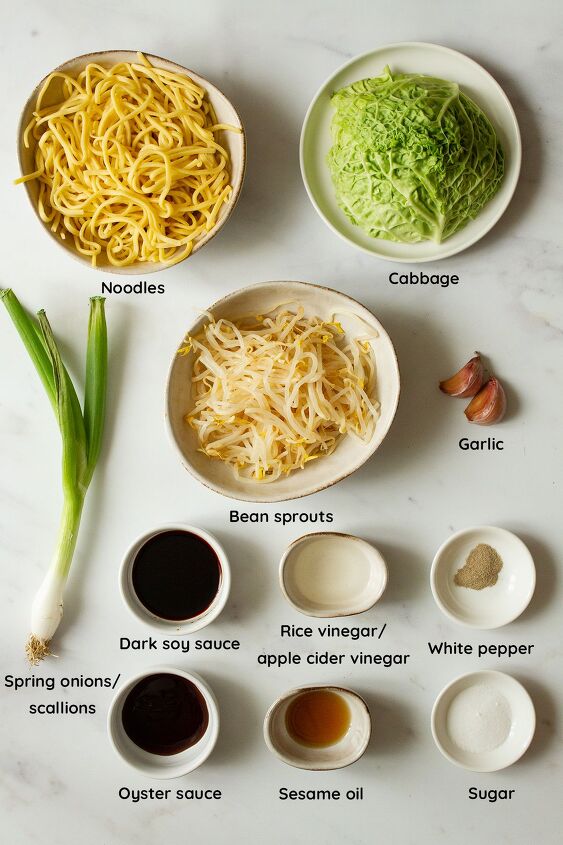








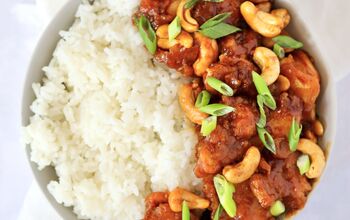

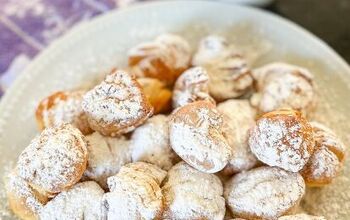
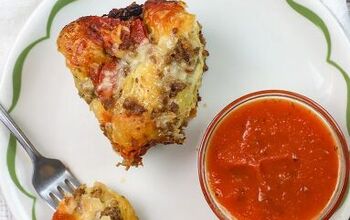
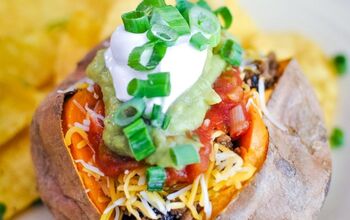
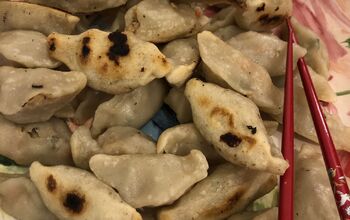

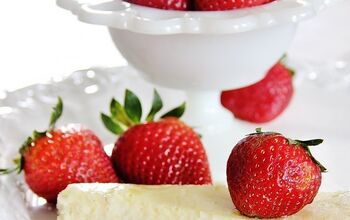
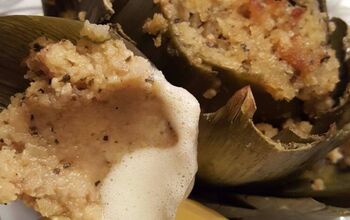
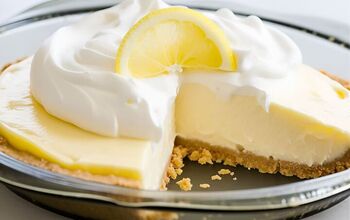
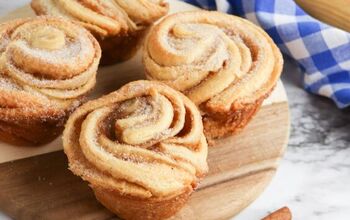


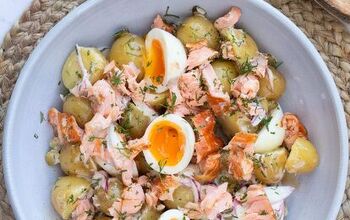
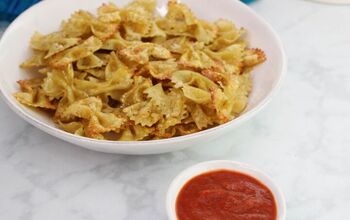
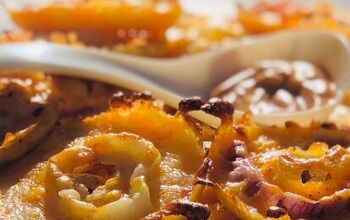
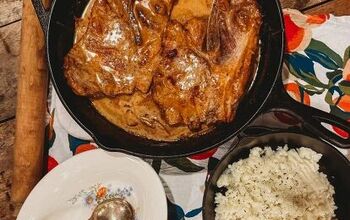

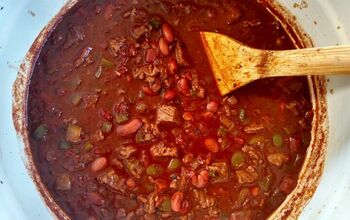
Comments
Share your thoughts, or ask a question!